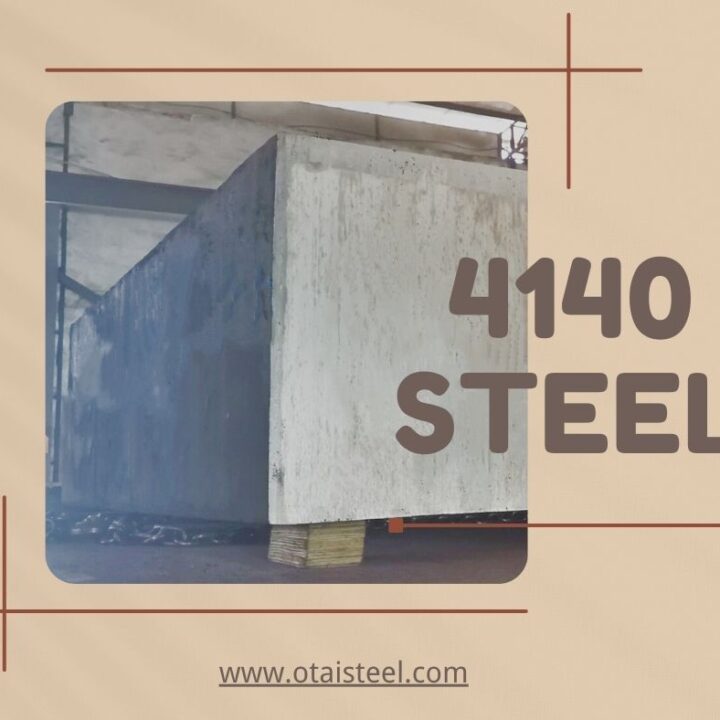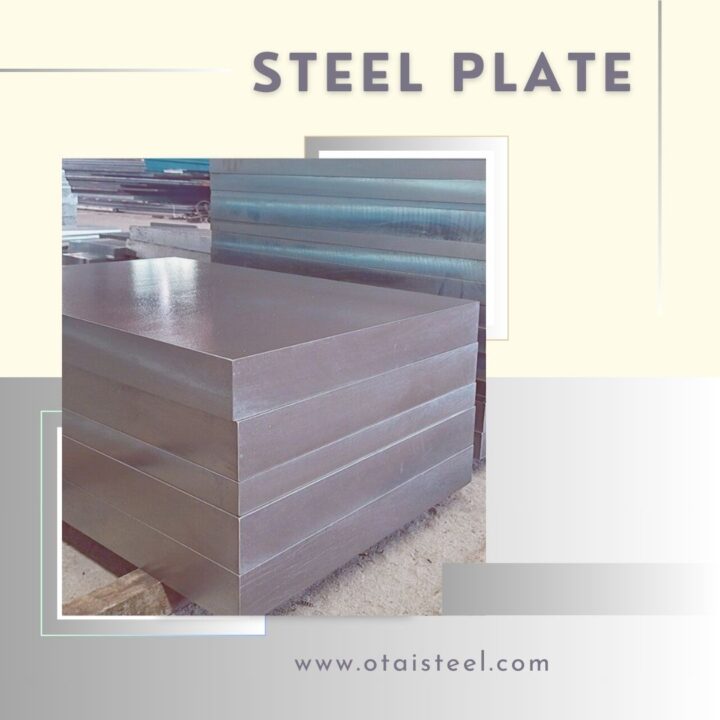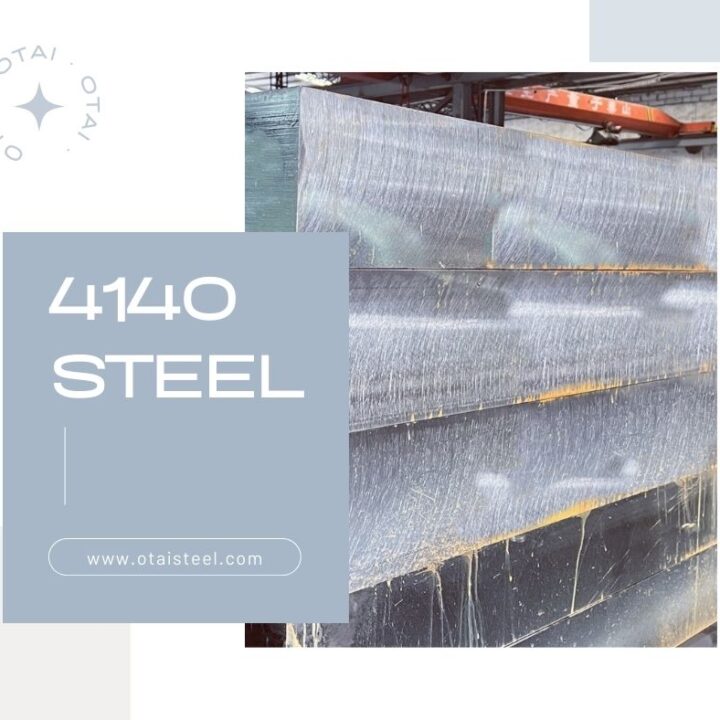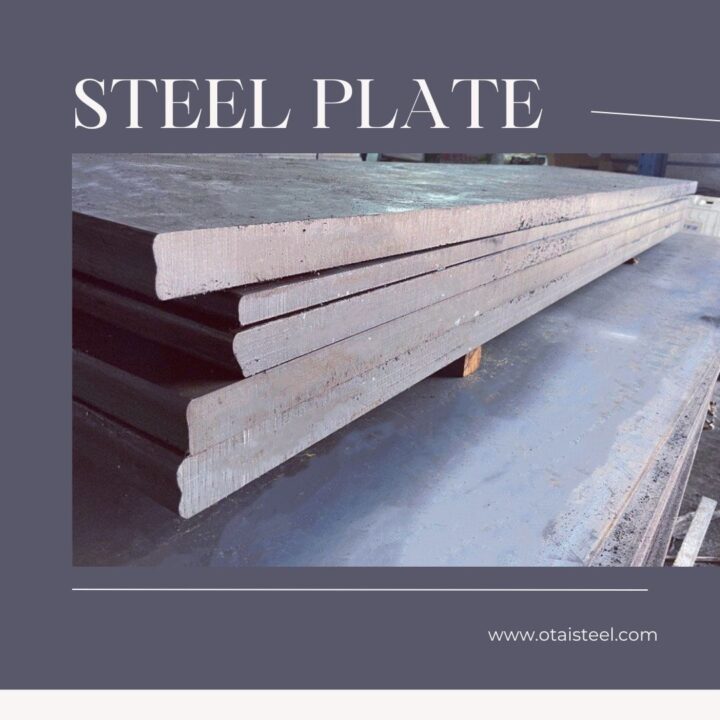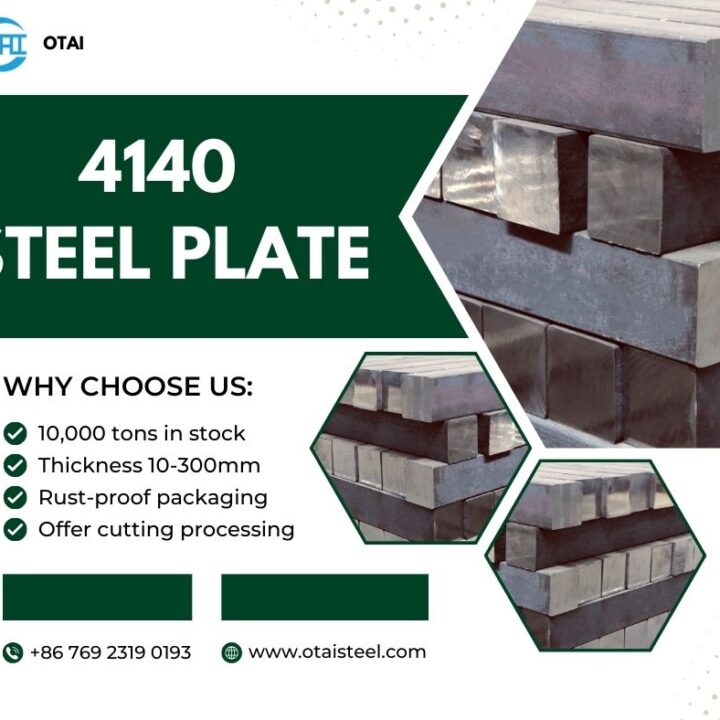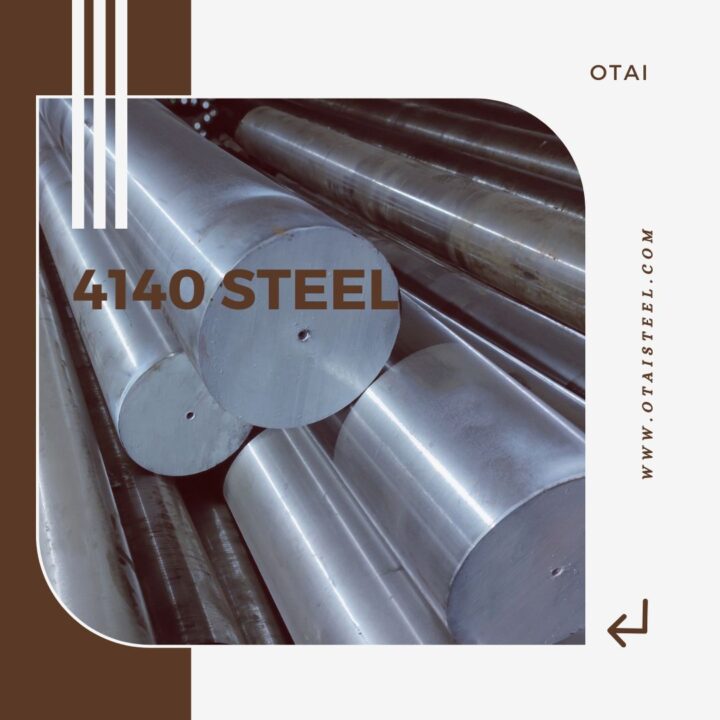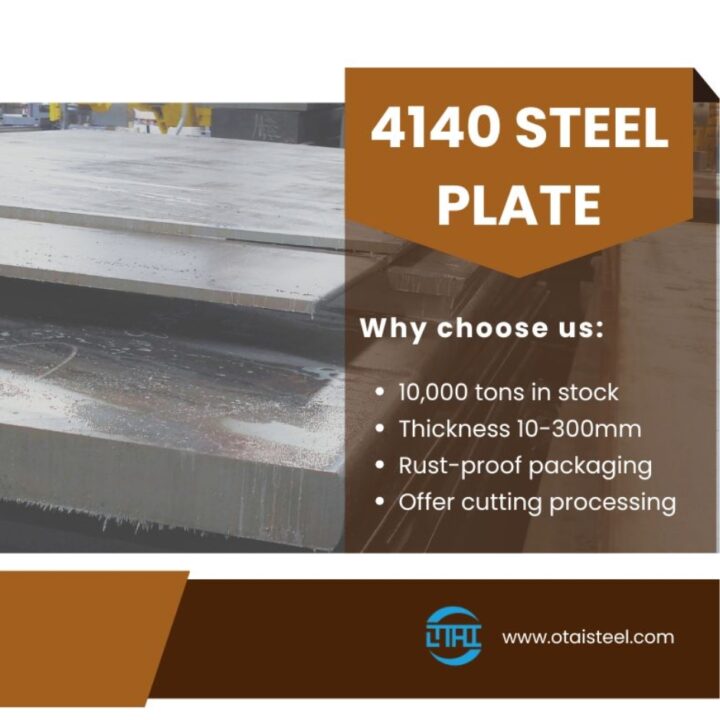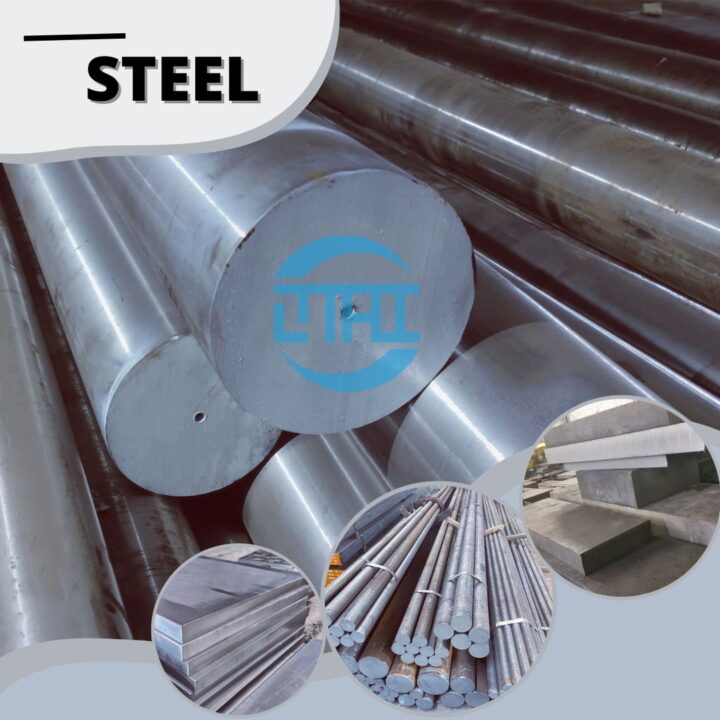34CrNiMo6 is a low alloy steel that is widely used in various industries, such as power generation, automotive, and mechanical engineering. It has high strength, high toughness, and good hardenability, making it suitable for large axles, machine components, tools, and fasteners. However, 34CrNiMo6 is not a corrosion resistant alloy, and it requires protective coating when exposed to corrosive environments. In this blog, we will take a closer look at the corrosion resistance of 34CrNiMo6 steel grade and how to improve it.
Corrosion
It is the deterioration of a material due to chemical or electrochemical reactions with its environment. Corrosion can cause loss of material, reduction of mechanical properties, and failure of components. Corrosion can be classified into different types, such as uniform corrosion, pitting corrosion, crevice corrosion, galvanic corrosion, stress corrosion cracking, and corrosion fatigue.
34CrNiMo6 ‘s content of chromium
34CrNiMo6 steel grade has a relatively low corrosion resistance compared to stainless steels or other corrosion resistant alloys. This is because 34CrNiMo6 has a low content of chromium, which is the main element that forms a passive layer on the surface of the steel to protect it from corrosion. The passive layer is a thin oxide film that acts as a barrier between the steel and the environment, preventing further reactions. However, 34CrNiMo6 has only about 1.5% of chromium, which is not enough to form a stable and continuous passive layer. Therefore, 34CrNiMo6 is susceptible to corrosion in acidic, alkaline, or saline environments, especially when exposed to high temperatures, pressures, or stresses.
Corrosion resistance of 34CrNiMo6
One of the ways to improve the corrosion resistance of 34CrNiMo6 steel grade is to apply a protective coating on its surface. A protective coating is a layer of material that covers the steel and isolates it from the environment, preventing or reducing the corrosion rate. There are different types of protective coatings, such as metallic coatings, organic coatings, and inorganic coatings. Metallic coatings are made of metals or alloys that have a higher corrosion resistance than the base metal, such as zinc, nickel, or chromium. Organic coatings are made of polymers, paints, or resins that form a physical barrier on the steel surface, such as epoxy, polyurethane, or acrylic. Inorganic coatings are made of ceramic or glass materials that have a high chemical and thermal stability, such as alumina, silica, or titania.
Another way to improve the corrosion resistance of 34CrNiMo6 steel grade is to modify its chemical composition or microstructure. By adding more alloying elements, such as chromium, nickel, molybdenum, or copper, the steel can increase its corrosion resistance by forming more stable and protective passive layers, enhancing its resistance to pitting and crevice corrosion, or improving its galvanic compatibility with other metals. By changing the heat treatment or mechanical processing of the steel, the steel can alter its microstructure, such as grain size, phase distribution, or inclusion morphology, to reduce the corrosion susceptibility, increase the corrosion fatigue strength, or improve the stress corrosion cracking resistance.
34CrNiMo6 is a low alloy steel that has excellent mechanical properties, but low corrosion resistance. It requires protective coating or modification of its composition or microstructure to enhance its corrosion resistance in corrosive environments.
